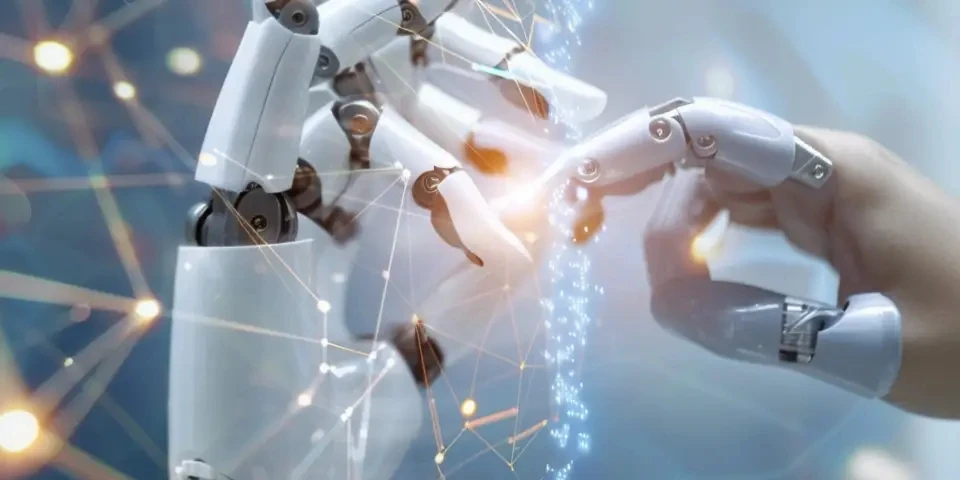Unlocking the Power of ChatGPT How to Make it Generate Realistic Images
ChatGPT is an advanced language model that can generate human-like text based on the provided input. While it excels in generating text-based content, it can also be trained to produce realistic images. This article aims to explore the potential of ChatGPT in generating such images and provide insights on unlocking its power.
1. Understanding the Basics of ChatGPT and Image Generation
ChatGPT is trained using a method called Reinforcement Learning from Human Feedback (RLHF). While it primarily focuses on text generation, it can be enhanced to generate images with the help of an auxiliary module known as VQ-VAE-2.

VQ-VAE-2 is responsible for encoding and decoding images, allowing ChatGPT to generate realistic visual content by combining its language understanding capabilities with image generation techniques.
2. Training ChatGPT for Image Generation
To train ChatGPT for image generation, a dataset of images paired with descriptive text is required. The process involves fine-tuning the model using RLHF and generating relevant prompts to obtain desired outputs.
Training can be computationally expensive and time-consuming, requiring access to powerful hardware. Platforms like OpenAI's "DALL-E" can be utilized to simplify and accelerate the training process.
3. Optimizing Image Generation with Conditioning Techniques
To improve the quality and creativity of generated images, conditioning techniques can be applied. These techniques involve providing additional input, such as specifying attributes or characteristics to guide the image generation process.
Conditioning can be achieved by modifying the prompts given to ChatGPT and incorporating cues regarding desired image features, styles, or contexts. This helps in obtaining more targeted and visually appealing outputs.
4. Balancing Image Realism and Creativity
While generating realistic images is important, striking a balance between realism and creativity is equally crucial. ChatGPT can sometimes produce overly realistic images that lack uniqueness.
By incorporating prompt modifications that encourage diversity and experimentation, it is possible to stimulate ChatGPT's creative capabilities while still ensuring reasonable realism in the generated images.
5. Evaluating and Iteratively Improving Image Generation
Regular evaluation and iterative improvement are essential for optimizing the image generation process. Feedback from human reviewers plays a vital role in identifying and rectifying any shortcomings or biases in the generated images.
Interaction with ChatGPT can be used as an evaluation tool to assess the quality, relevance, and visual appeal of the images. It helps in refining the model and guiding it towards generating better outputs over time.
6. Ethical Considerations and Bias Mitigation
As with any AI-powered technology, ethical considerations and bias mitigation are crucial when utilizing image generation capabilities of ChatGPT.
It is essential to ensure that the training data is diverse, representative, and free from any form of bias. Additionally, implementing transparency and fairness measures during the training and evaluation process helps in creating a more inclusive and unbiased image generation system.
7. Exploring Use Cases and Applications
The ability of ChatGPT to generate realistic images has numerous exciting use cases and applications. It can be leveraged in fields such as design, content creation, virtual reality, gaming, and more.
With the right prompts and conditioning techniques, ChatGPT can assist artists, visual storytellers, and creative professionals in bringing their concepts and ideas to life visually.
Frequently Asked Questions (FAQs)
Q1: Can ChatGPT generate images from scratch without any prompts?
A1: No, ChatGPT requires prompts or conditioning techniques to guide the image generation process.
Q2: Are there any limitations to ChatGPT's image generation?
A2: ChatGPT's image generation capabilities are limited by factors such as training data quality, hardware requirements, and the need for fine-tuning.
Q3: Is ChatGPT capable of mimicking specific artistic styles?
A3: Yes, by conditioning the prompts, ChatGPT can mimic specific artistic styles or incorporate desired visual attributes into the generated images.
What’s more thrilling than a chat about the best toppings for pizza? How about a glorious discussion about how strawberries could change the world? Dive into flavors with Wemate AI!
Explore your companion in WeMate